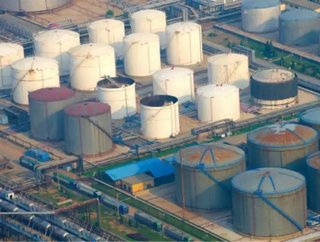Crude Oil Reserves Show Record Growth in U.S.

Crude oil reserve additions in 2011 set a record increase in the United States for the second year in a row, according to U.S. Crude Oil and Natural Gas Proved Reserves, 2011, released today by the U.S. Energy Information Administration (EIA).
Natural gas proved reserves rose also, but by less than 2010's record increase. Nevertheless, natural gas reserve additions in 2011 rank as the second largest annual increase since 1977.
"Horizontal drilling and hydraulic fracturing in shale and other tight rock formations continued to increase oil and natural gas reserves," said EIA Administrator Adam Sieminski. "Higher oil prices helped drive record increases in crude oil reserves, while natural gas reserves grew strongly despite slightly lower natural gas prices in 2011."
Proved oil reserves, including both crude oil and lease condensate, increased by 15 percent in 2011 to 29.0 billion barrels, marking the third consecutive annual increase and the highest volume of proved reserves since 1985. Proved reserves in tight oil plays accounted for 3.6 billion barrels (13 percent) of total proved reserves of crude oil and lease condensate in 2011.
Texas recorded the largest volumetric increase in proved oil reserves among individual states, largely because of continuing development in the Permian and Western Gulf basins, while North Dakota had the second largest increase, driven by development activity in the Bakken formation in the Williston Basin.
Natural gas proved reserves, estimated as wet gas that includes natural gas liquids, increased by almost 10 percent in 2010 to 348.8 trillion cubic feet (Tcf), the 13th consecutive annual increase.
Pennsylvania's proved natural gas reserves, which more than doubled in 2010, rose an additional 90 percent in 2011, contributing 41 percent of the overall U.S. increase. Combined, Texas and Pennsylvania added 73 percent of the net increase in U.S. proved wet natural gas reserves in 2011. Proved reserves in shale gas plays accounted for 131.6 trillion cubic feet (38 percent) of total proved reserves of wet natural gas in 2011.
Proved reserves are those volumes of oil and natural gas that geological and engineering data demonstrate with reasonable certainty to be recoverable in future years from known reservoirs under existing economic and operating conditions. EIA's estimates of proved reserves are based on an annual survey of about 1,100 domestic oil and gas well operators.






